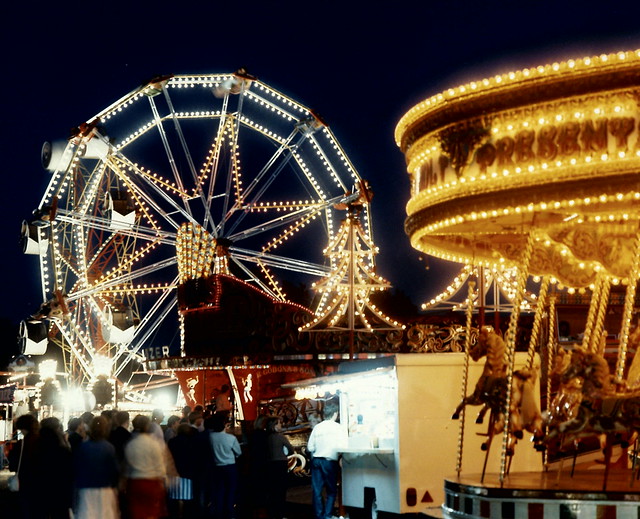Grainger Market in 1985

-
Description
My Granddad has chosen the picture of the Grainger Market in 1985 because he went there for the first time in the 1950s when he was a student.He still goes there to buy meat and vegetables. He also thinks this symbolises the era in Newcastle when buildings were erected of stone. Richard Grainger ,the creator of Grainger Town,(the heart of the city) was said 'to have found Newcastle in bricks and timber and left it in stone'. He took me to the market as well. Task 1: Interview with Granddad This is a picture of Grainger Market in 1985. John: ''Why do you like this place?'' Granddad: ''Because of the stores, cheap meat and fruit & veg. And I sometimes have a coffee and cake in a café.'' John: ''Is this special(the Grainger Market)to North Tyneside?'' Granddad: ''Yes, because it was built when the whole of Grainger Town was being developed between 1824 and 1841. It replaced an old market and was made to fit in with the other fine buildings such as the Theatre Royal.'' John: ''What have you purchased recently in the market?'' Granddad: ''Yes, I bought some Russian Caravan Tea just two weeks ago.'' By John .S. Wall Copy Edited by John .H. Wall -
Owner
Co-curate -
Source
Local (Co-Curate) -
License
What does this mean? Unknown license check permission to reuse
-
Further information
Link: https://co-curate.ncl.ac.uk/resources/add/search/?q=grainger+market+1985
Resource type: Text/Website
Added by: John Wall
Last modified: 10 years, 10 months ago
Viewed: 1391 times
Picture Taken: Unknown -
Co-Curate tags



